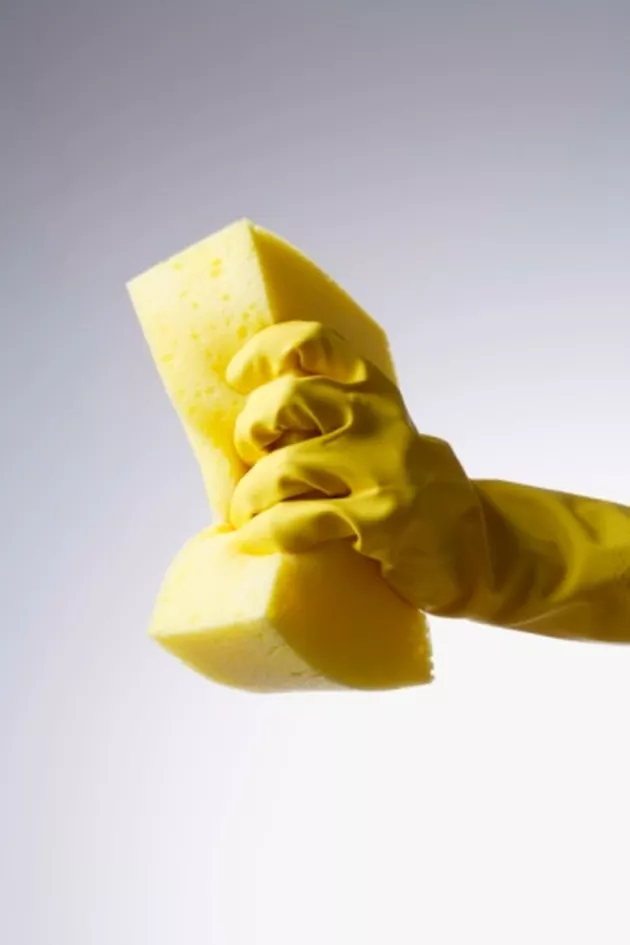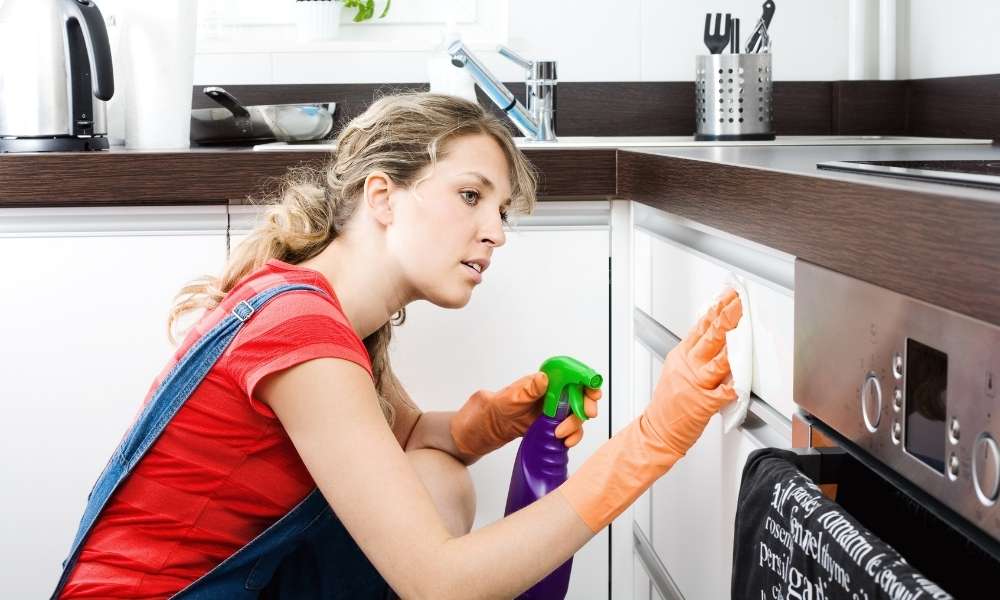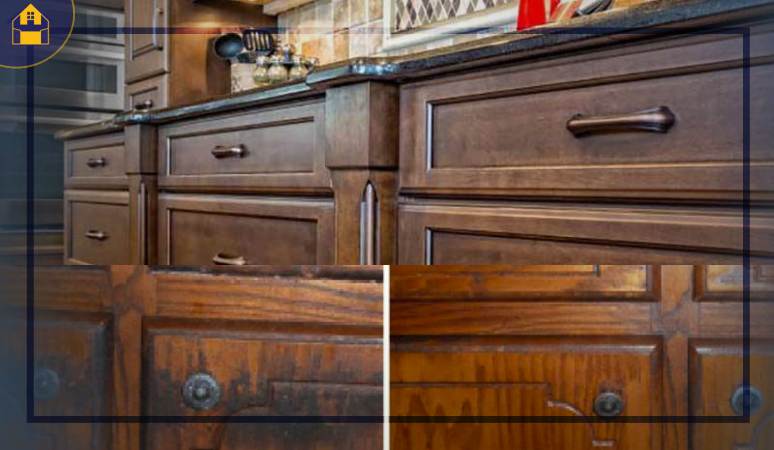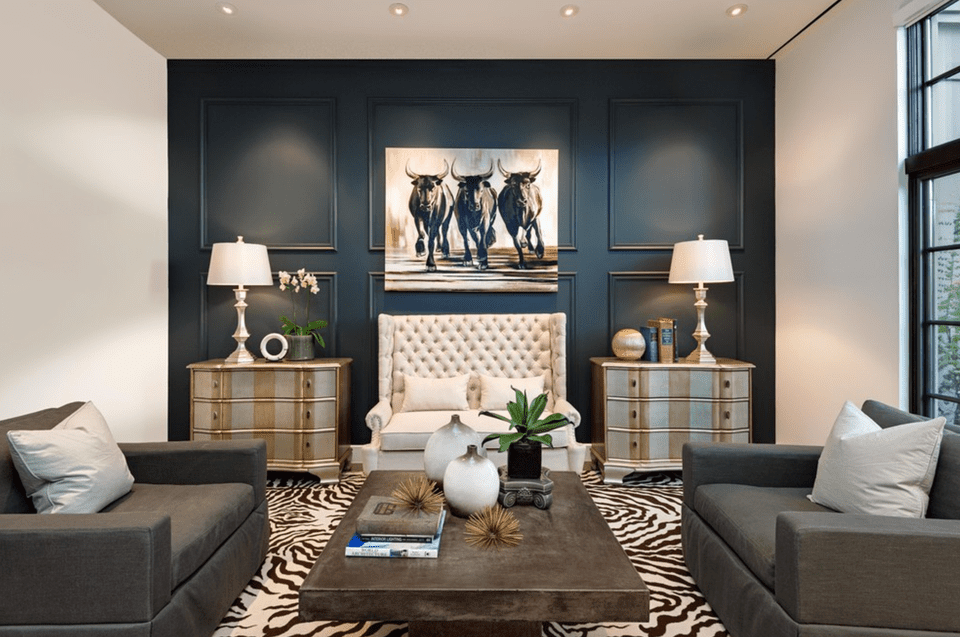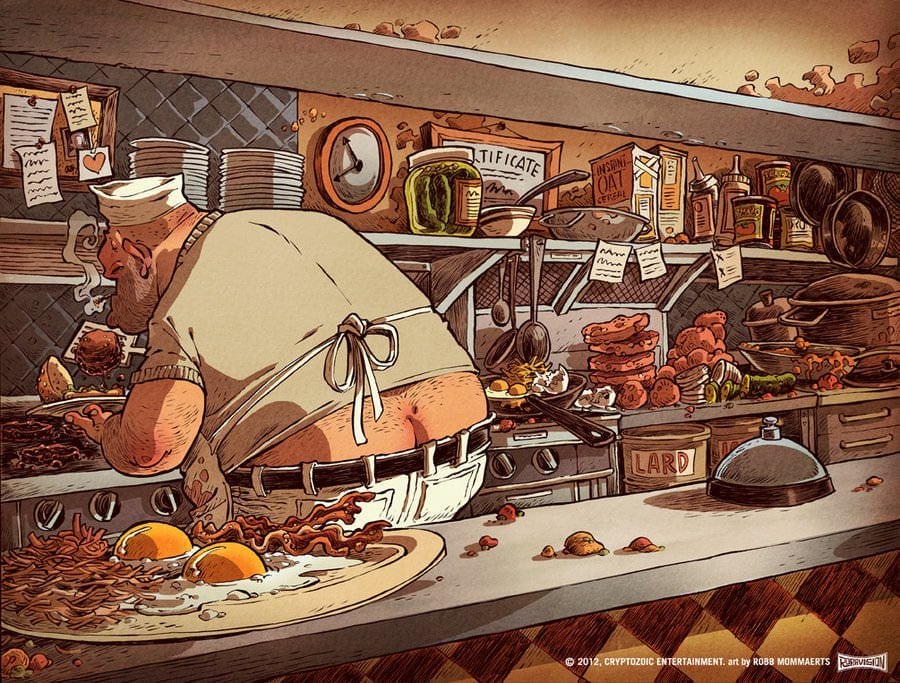If you have a kitchen with greasy walls, you know how frustrating it can be to keep them clean. Cooking splatters, oil residue, and steam can all contribute to a greasy build-up on your kitchen walls. Not only does this make your kitchen look dirty and unappealing, but it can also affect the appearance of your paint. In this article, we will discuss the top 10 tips for painting greasy kitchen walls to help you achieve a cleaner and more visually appealing space.
How to Paint a Greasy Kitchen Wall
Before you start painting, it's essential to properly clean your kitchen walls. This will ensure that the paint adheres properly and gives you a smooth finish. Begin by using a degreaser to remove any oil and residue from the walls. You can find commercial degreasers at your local hardware store or make your own using equal parts of vinegar and warm water. Use a sponge or cloth to scrub the walls thoroughly, paying extra attention to areas with heavy build-up. Rinse the walls with clean water and let them dry completely before moving on to the next step.
How to Clean and Paint a Greasy Kitchen Wall
When it comes to painting greasy kitchen walls, not all paints are created equal. To ensure the best results, it's essential to choose a paint specifically designed for high-traffic areas and can withstand grease and moisture. Look for paints with a satin or semi-gloss finish as they are easier to clean and more resistant to stains. Brands such as Sherwin-Williams and Benjamin Moore offer great options for kitchen walls, and some even have anti-microbial properties to prevent mold and mildew growth.
Best Paint for Greasy Kitchen Walls
For DIY enthusiasts, painting your kitchen walls can be a fun and rewarding project. However, when it comes to greasy walls, it's essential to follow some specific tips to achieve the best results. First, make sure to use a primer before painting to help the paint adhere better. It's also recommended to use a paintbrush instead of a roller to ensure better coverage and reach difficult areas. Lastly, take your time and apply multiple thin coats of paint instead of one thick coat to prevent drips and bubbles.
DIY Tips for Painting a Greasy Kitchen Wall
If your kitchen walls are heavily covered in grease, you may need to take extra steps to remove it before painting. One option is to use a steam cleaner to loosen the grease and wipe it away with a cloth. Another method is to use a mixture of baking soda and warm water to create a paste. Apply the paste to the greasy areas, let it sit for a few minutes, and then scrub it off with a sponge or cloth. Rinse the walls with clean water and let them dry before painting.
Removing Grease from Kitchen Walls Before Painting
Now that your walls are clean and prepped, it's time to start painting. Begin by cutting in around the edges of the walls with a paintbrush, then use a roller to cover the rest of the walls. Make sure to use even strokes and overlap each stroke to prevent visible lines. It's also essential to let the first coat dry completely before applying a second coat. If needed, you can apply a third coat for more coverage.
Steps for Painting a Greasy Kitchen Wall
As mentioned earlier, there are various commercial degreasers available for cleaning greasy kitchen walls. However, some household items can also do the trick. For example, using a mixture of equal parts of lemon juice and baking soda can help cut through grease and leave your walls clean and fresh. You can also try using white vinegar diluted with water or a solution of dish soap and warm water.
Products for Cleaning Greasy Kitchen Walls
Properly prepping your kitchen walls is crucial for a successful paint job. Besides cleaning and degreasing, it's also essential to fill any holes or cracks and sand down any rough spots. This will create a smooth surface for the paint to adhere to and give you a professional-looking finish. You may also want to consider using painter's tape to protect your cabinets, countertops, and other surfaces from accidental paint splatters.
Prepping a Greasy Kitchen Wall for Painting
If you have old grease stains on your kitchen walls, they may still be visible even after cleaning and painting. In this case, you can try using a stain-blocking primer before painting. This type of primer is specifically designed to cover up stubborn stains and prevent them from showing through the paint. You can also use a heavy-duty cleaner with a brush to scrub the stains and then repaint over them.
How to Get Rid of Grease Stains on Kitchen Walls
To ensure a successful and long-lasting paint job, here are some dos and don'ts to keep in mind when painting over a greasy kitchen wall. Do use a degreaser or a homemade cleaning solution to remove grease before painting. Do use a paint specifically designed for high-traffic areas, moisture, and grease resistance. Do apply multiple thin coats of paint for better coverage. Don't use a dirty paintbrush or roller. Don't skip the priming step. Don't use flat or matte finishes, as they are harder to clean.
In conclusion, with the right products and techniques, painting a greasy kitchen wall can be a manageable task. Remember to clean and prep your walls properly, choose the right paint, and take your time with the application. By following these top 10 tips, you can transform your greasy kitchen walls into a clean and beautiful space.
Painting Over a Greasy Kitchen Wall: Dos and Don'ts
The Importance of Painting Greasy Kitchen Walls

Creating a Clean and Fresh Kitchen Space
 When it comes to designing and decorating a house, the kitchen often serves as the heart of the home. This is where families gather to cook, eat, and spend quality time together. As such, it is important to keep the kitchen space clean, functional, and visually appealing. One common issue that many homeowners face is dealing with greasy kitchen walls. Not only does this make the kitchen look unclean and unsightly, but it can also be a health hazard. That's why painting greasy kitchen walls is an essential step in creating a clean and fresh kitchen space.
When it comes to designing and decorating a house, the kitchen often serves as the heart of the home. This is where families gather to cook, eat, and spend quality time together. As such, it is important to keep the kitchen space clean, functional, and visually appealing. One common issue that many homeowners face is dealing with greasy kitchen walls. Not only does this make the kitchen look unclean and unsightly, but it can also be a health hazard. That's why painting greasy kitchen walls is an essential step in creating a clean and fresh kitchen space.
The Problem with Greasy Kitchen Walls
 Grease and oil can easily accumulate on kitchen walls, especially near the stove and cooking areas. This can be caused by cooking, dishwashing, and general use of the kitchen. Over time, the build-up of grease and oil can make the walls look dirty and discolored, and it can also attract dust and other particles, making it difficult to clean. Not only does this affect the overall look of the kitchen, but it can also create an unhealthy environment. Grease and oil can harbor bacteria and germs, which can lead to health issues for you and your family.
Grease and oil can easily accumulate on kitchen walls, especially near the stove and cooking areas. This can be caused by cooking, dishwashing, and general use of the kitchen. Over time, the build-up of grease and oil can make the walls look dirty and discolored, and it can also attract dust and other particles, making it difficult to clean. Not only does this affect the overall look of the kitchen, but it can also create an unhealthy environment. Grease and oil can harbor bacteria and germs, which can lead to health issues for you and your family.
The Solution: Painting Greasy Kitchen Walls
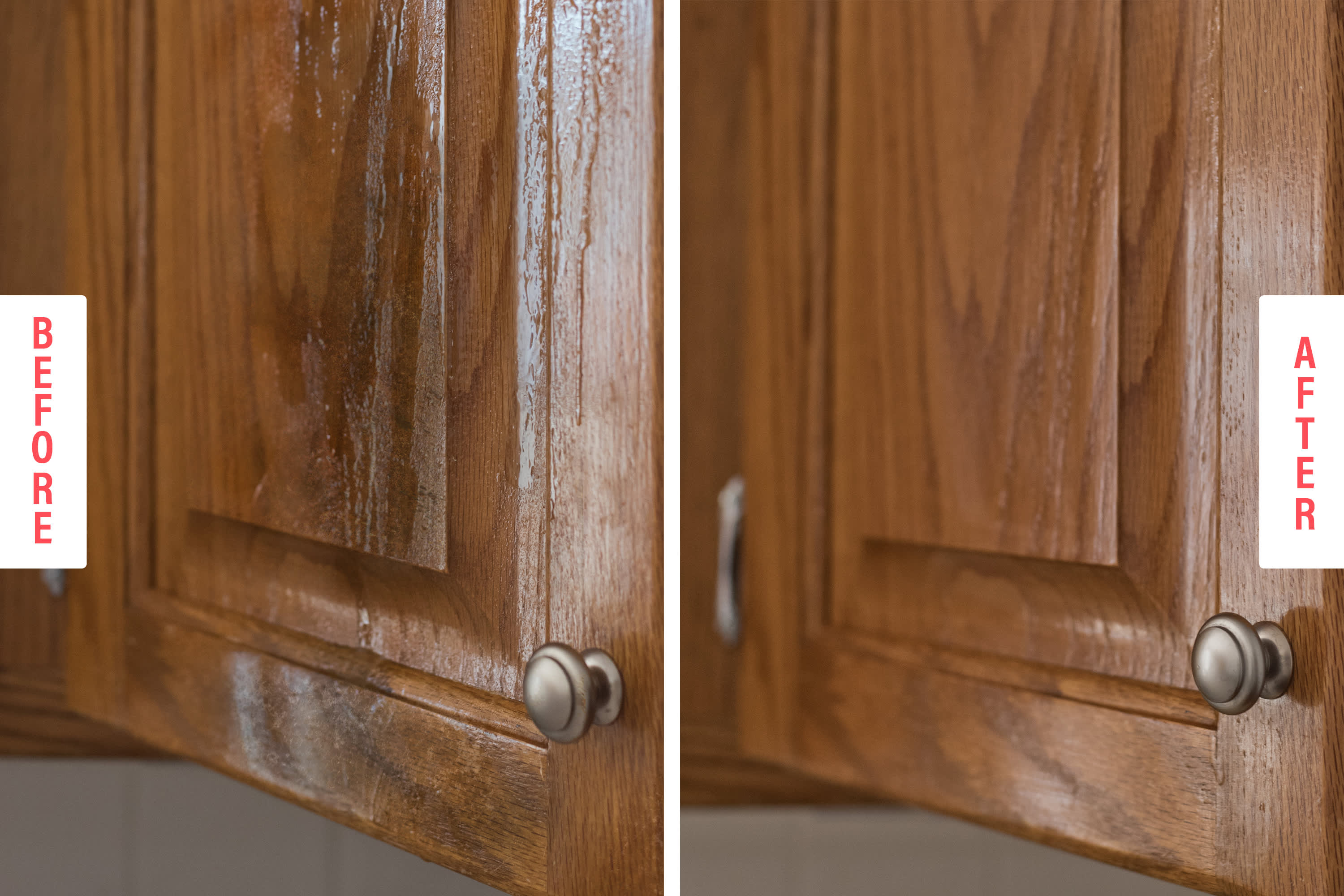 The most effective solution to dealing with greasy kitchen walls is painting them. Not only does this help to remove the build-up of grease and oil, but it also adds a fresh and clean look to the kitchen. However, painting greasy walls is not as simple as just applying a new coat of paint. It requires proper cleaning and preparation to ensure that the paint adheres properly and looks flawless. This is where hiring a professional painting service can make all the difference.
Professional Painting Services
have the expertise and specialized equipment to properly clean and prepare greasy kitchen walls for painting. They will use high-quality cleaners and degreasers to thoroughly remove any build-up of grease and oil. They will also repair any imperfections on the walls and apply a primer to create a smooth and even base for the paint. This will ensure that the paint adheres properly and provides a long-lasting finish.
Choosing the Right Paint
When painting greasy kitchen walls, it is important to choose the right type of paint. Using a high-quality and durable paint with a semi-gloss or satin finish is recommended. These types of paints are easy to clean and are resistant to moisture, making them ideal for kitchen areas. They also provide a smooth and sleek finish, giving your kitchen a modern and updated look.
In conclusion, painting greasy kitchen walls is an essential step in creating a clean and fresh kitchen space. It not only removes the build-up of grease and oil but also adds a new and attractive look to the kitchen. By hiring a professional painting service and choosing the right paint, you can achieve a flawless and long-lasting finish that will transform your kitchen into a welcoming and healthy space for you and your family.
The most effective solution to dealing with greasy kitchen walls is painting them. Not only does this help to remove the build-up of grease and oil, but it also adds a fresh and clean look to the kitchen. However, painting greasy walls is not as simple as just applying a new coat of paint. It requires proper cleaning and preparation to ensure that the paint adheres properly and looks flawless. This is where hiring a professional painting service can make all the difference.
Professional Painting Services
have the expertise and specialized equipment to properly clean and prepare greasy kitchen walls for painting. They will use high-quality cleaners and degreasers to thoroughly remove any build-up of grease and oil. They will also repair any imperfections on the walls and apply a primer to create a smooth and even base for the paint. This will ensure that the paint adheres properly and provides a long-lasting finish.
Choosing the Right Paint
When painting greasy kitchen walls, it is important to choose the right type of paint. Using a high-quality and durable paint with a semi-gloss or satin finish is recommended. These types of paints are easy to clean and are resistant to moisture, making them ideal for kitchen areas. They also provide a smooth and sleek finish, giving your kitchen a modern and updated look.
In conclusion, painting greasy kitchen walls is an essential step in creating a clean and fresh kitchen space. It not only removes the build-up of grease and oil but also adds a new and attractive look to the kitchen. By hiring a professional painting service and choosing the right paint, you can achieve a flawless and long-lasting finish that will transform your kitchen into a welcoming and healthy space for you and your family.
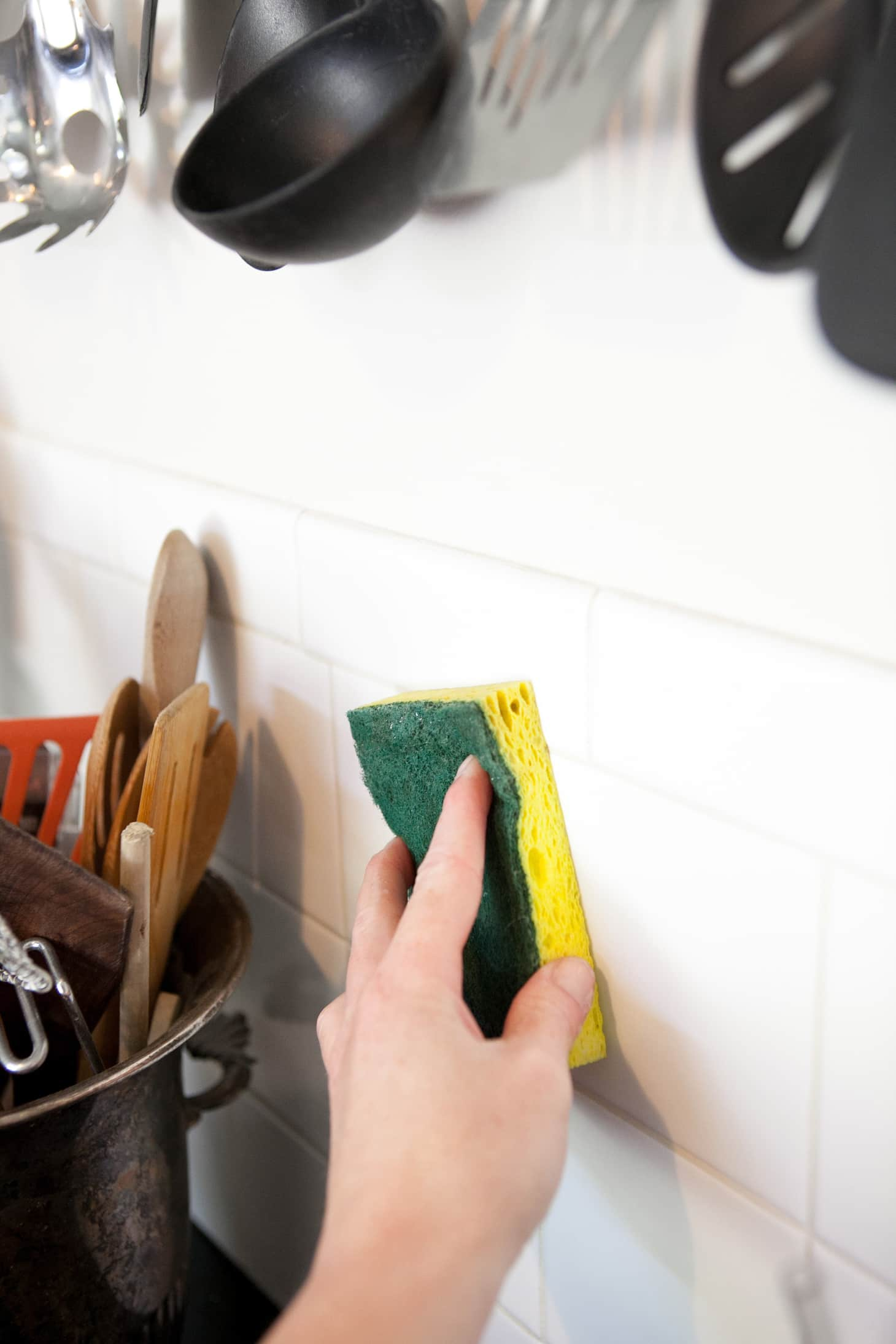
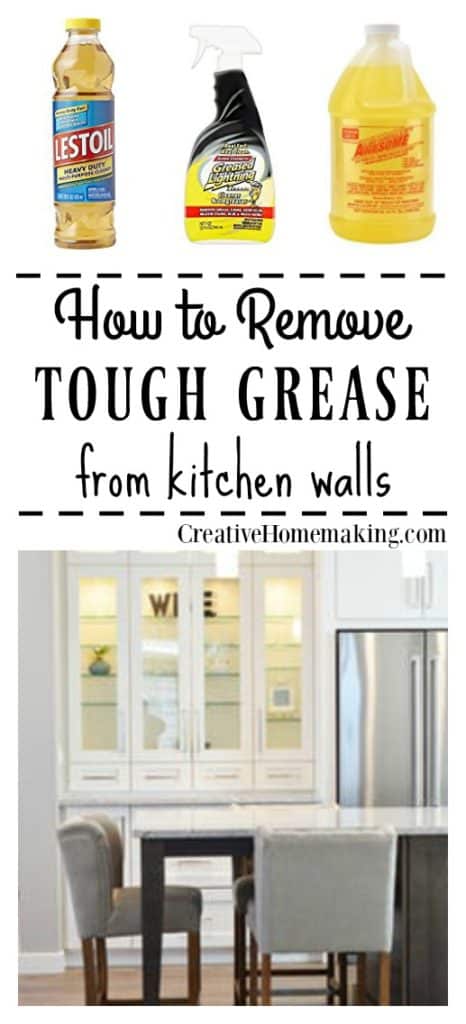




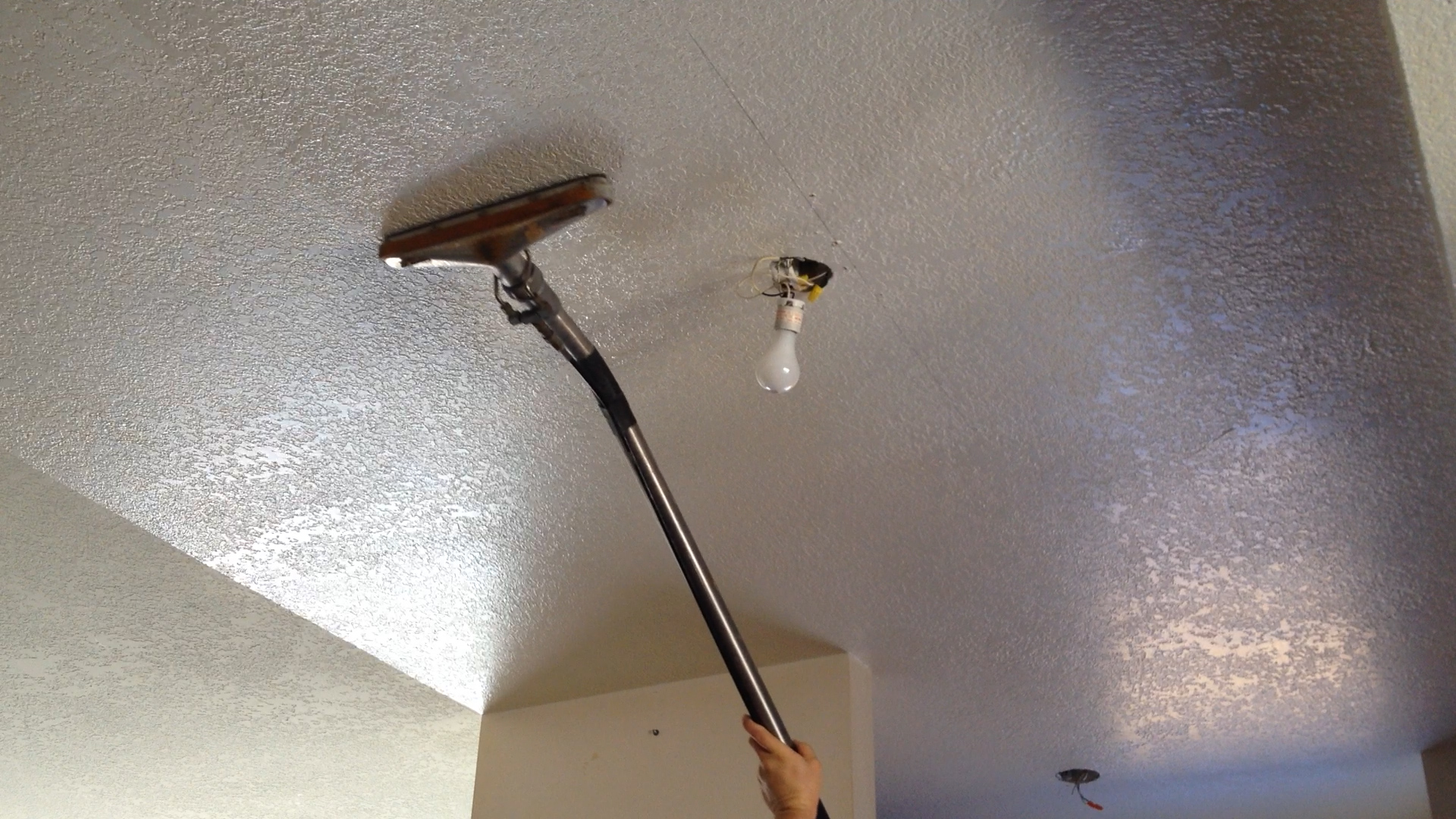
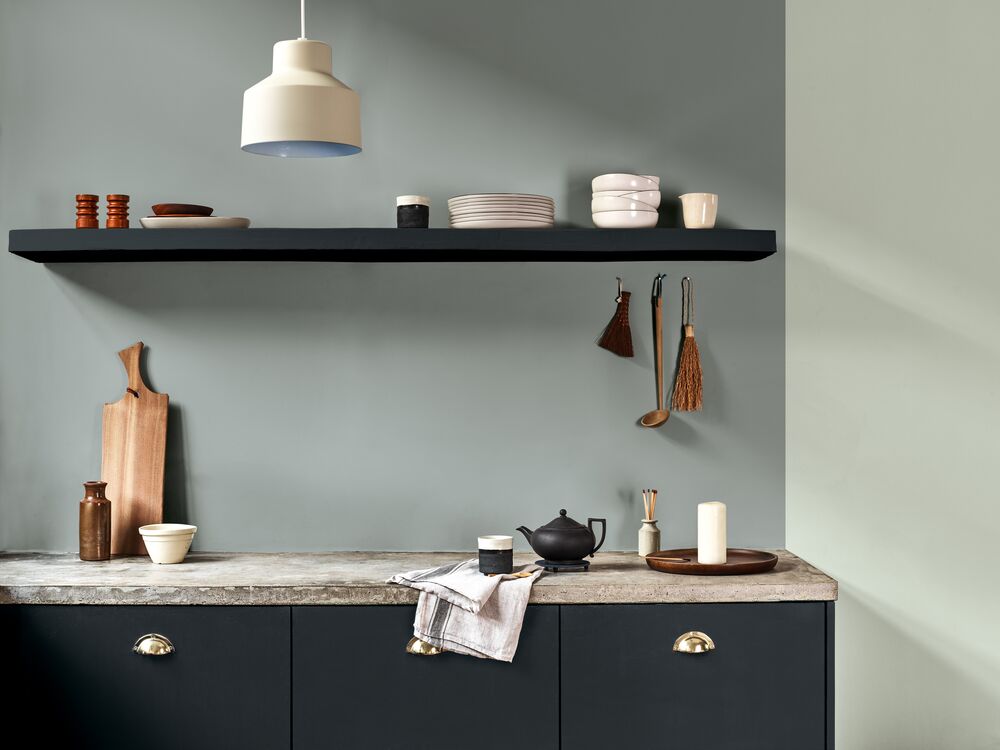



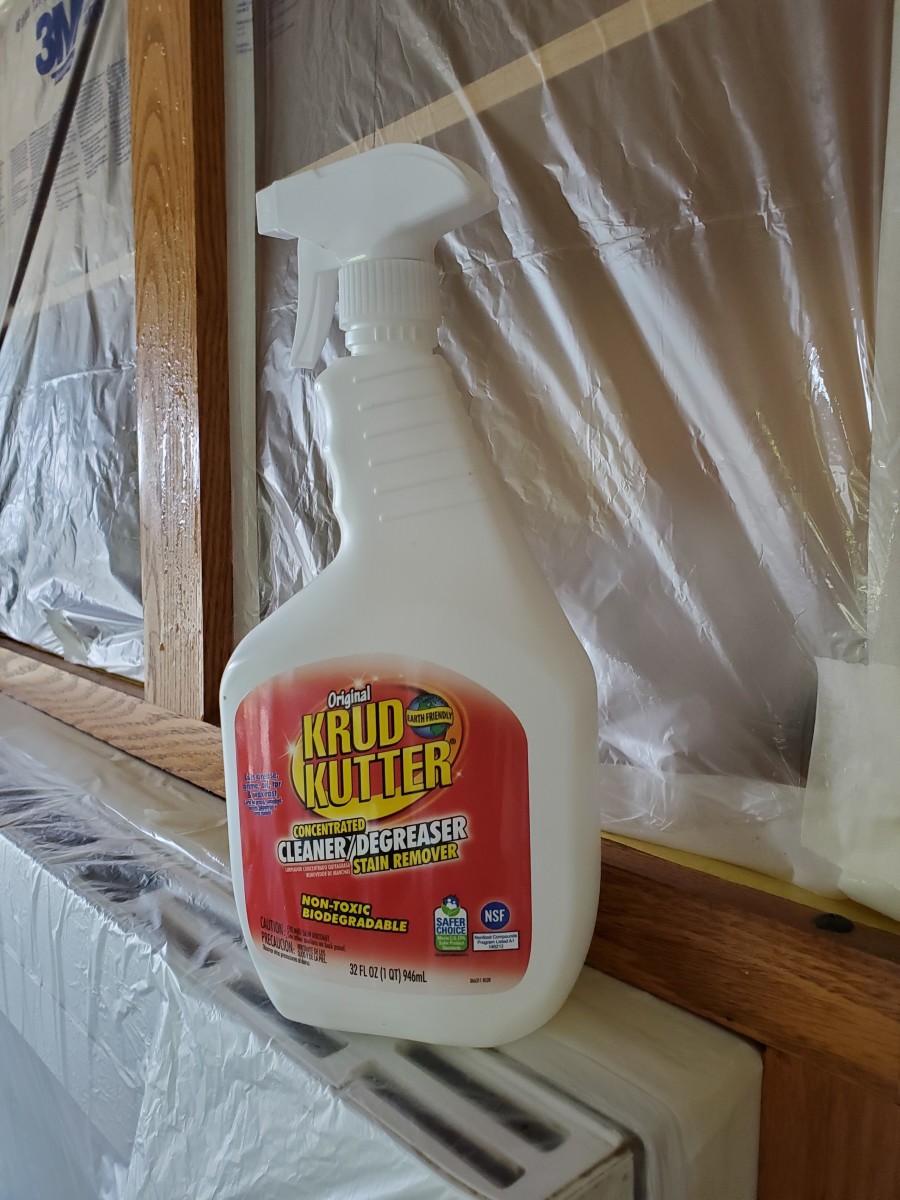




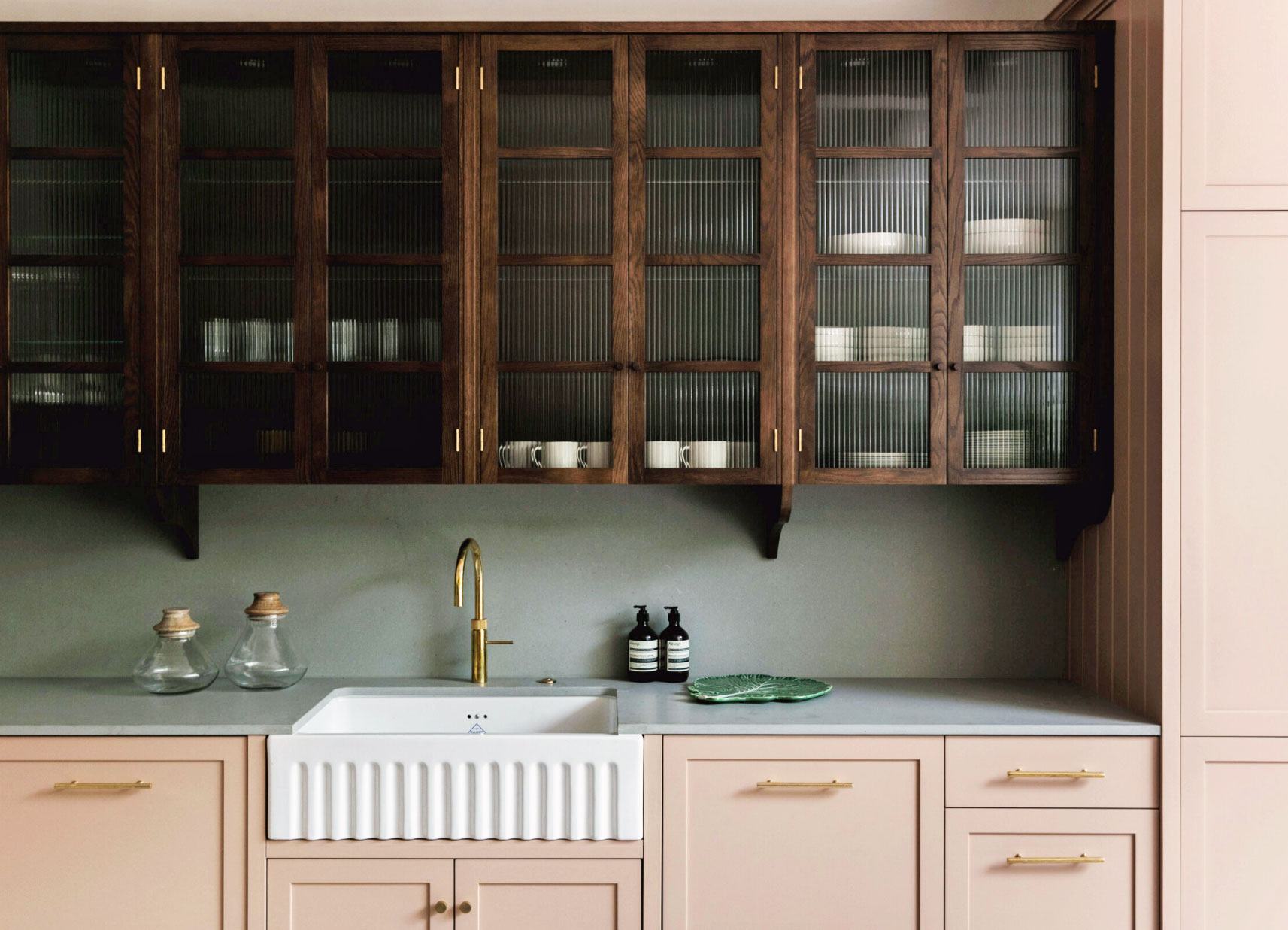






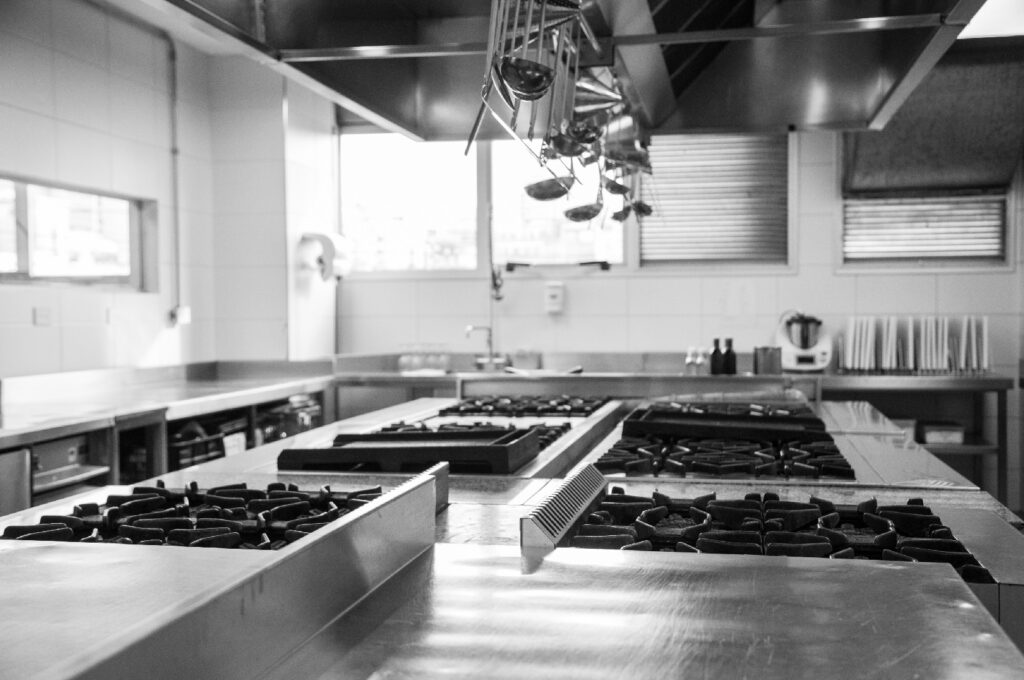







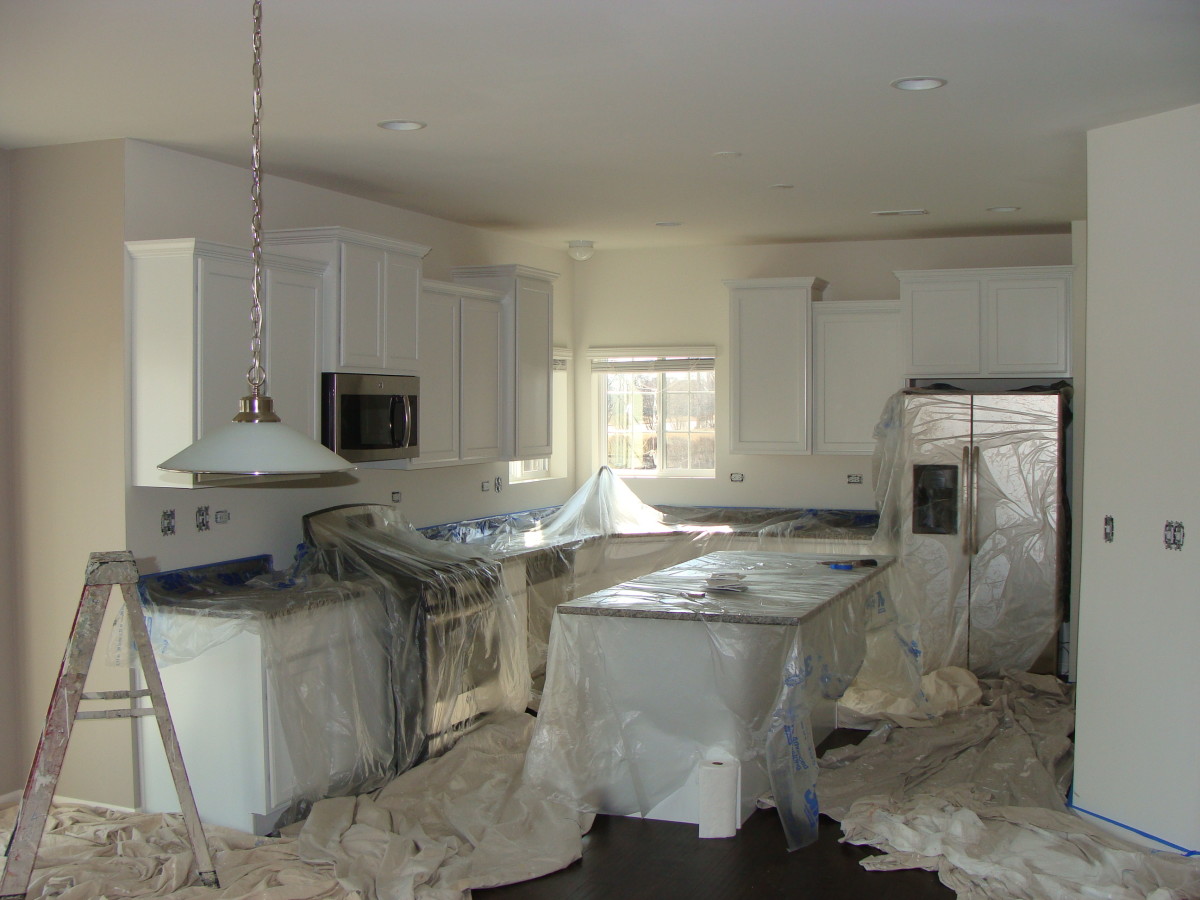
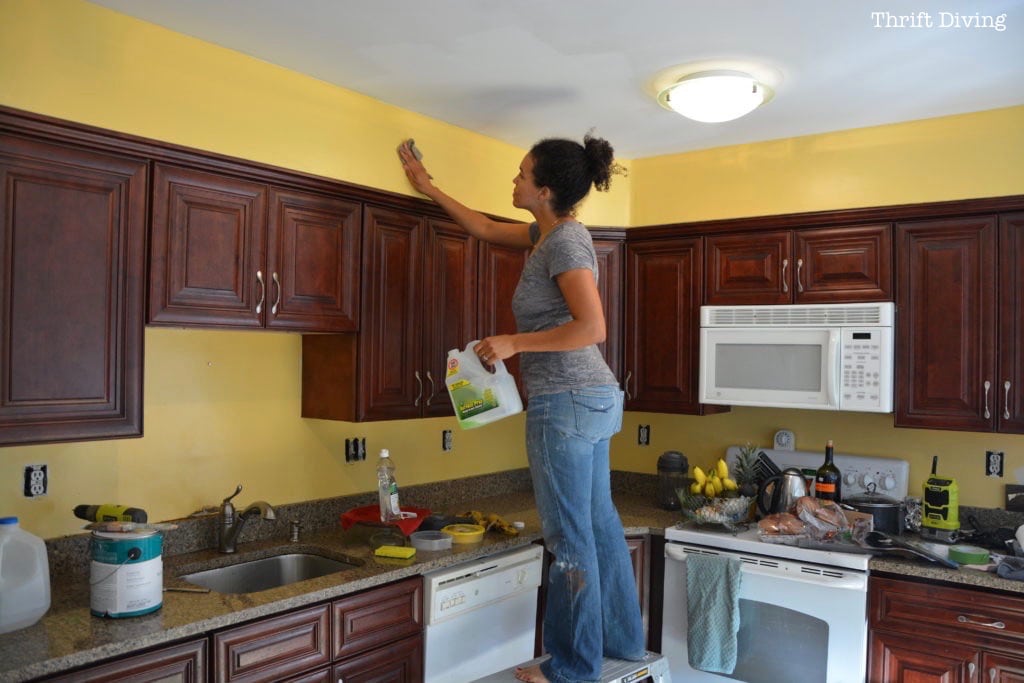
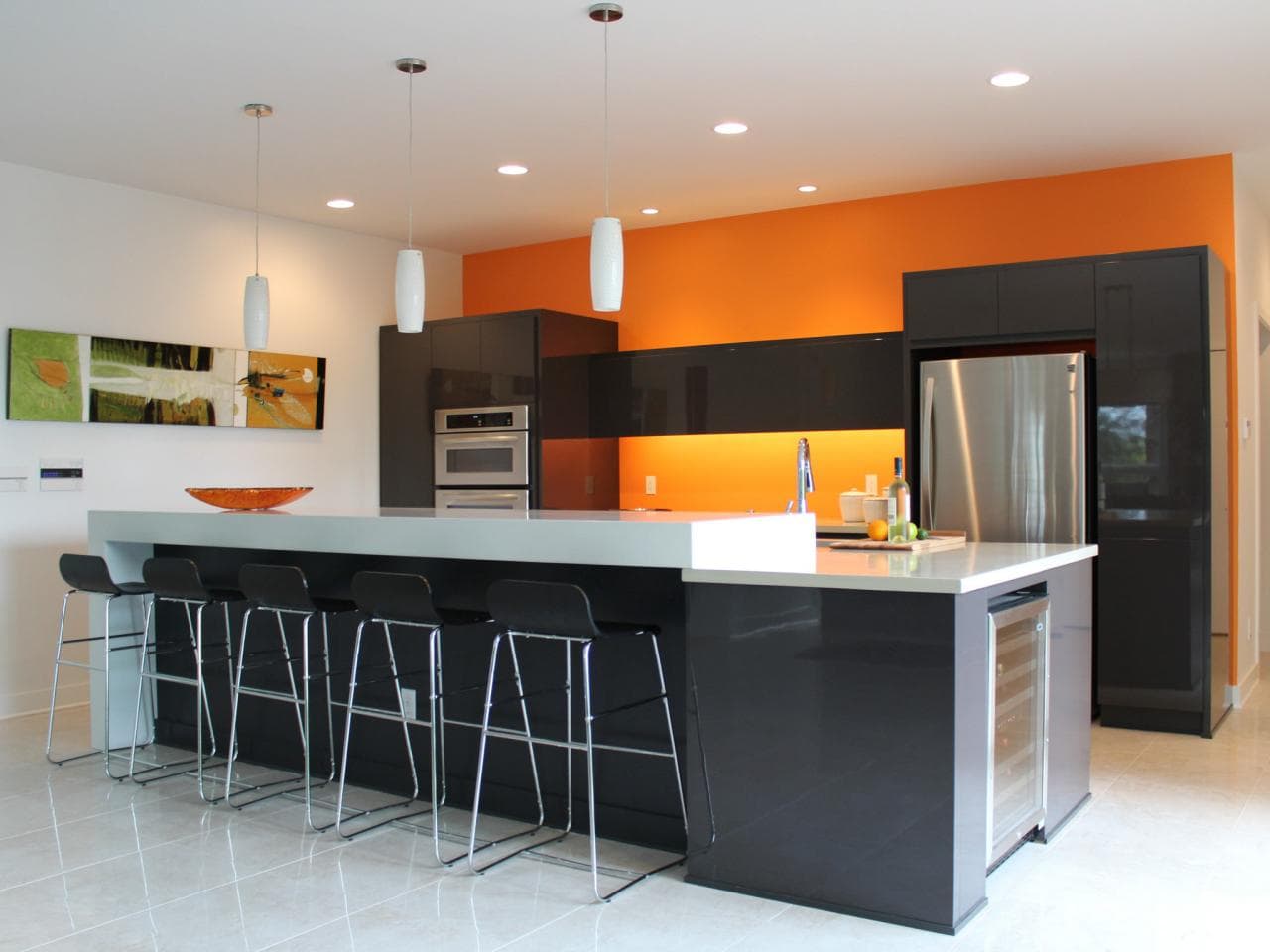

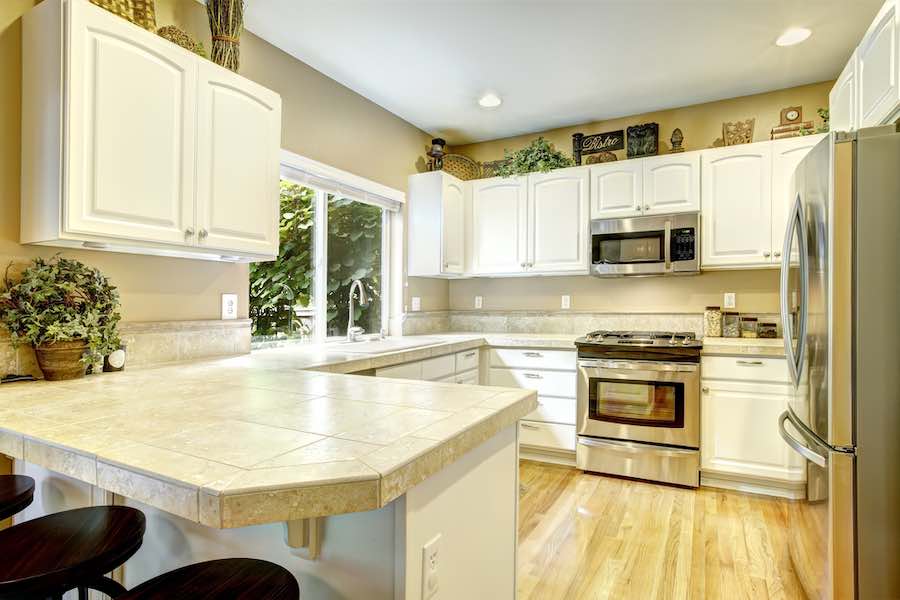



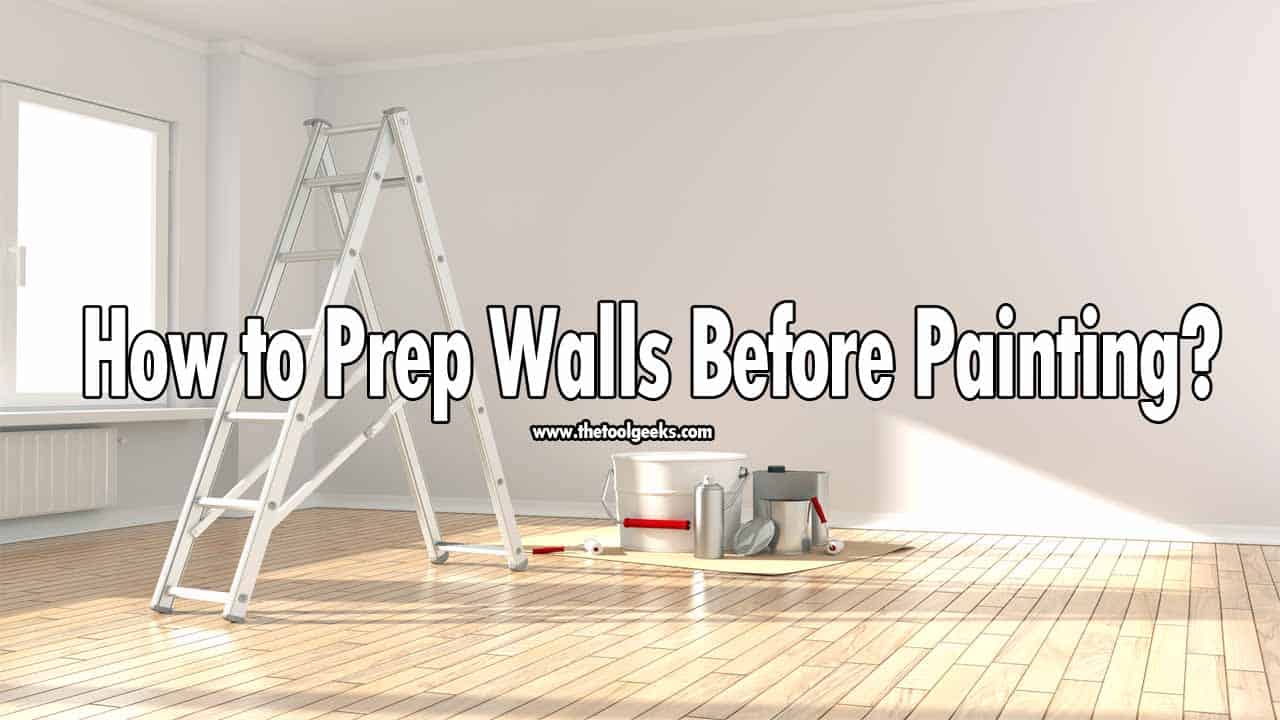
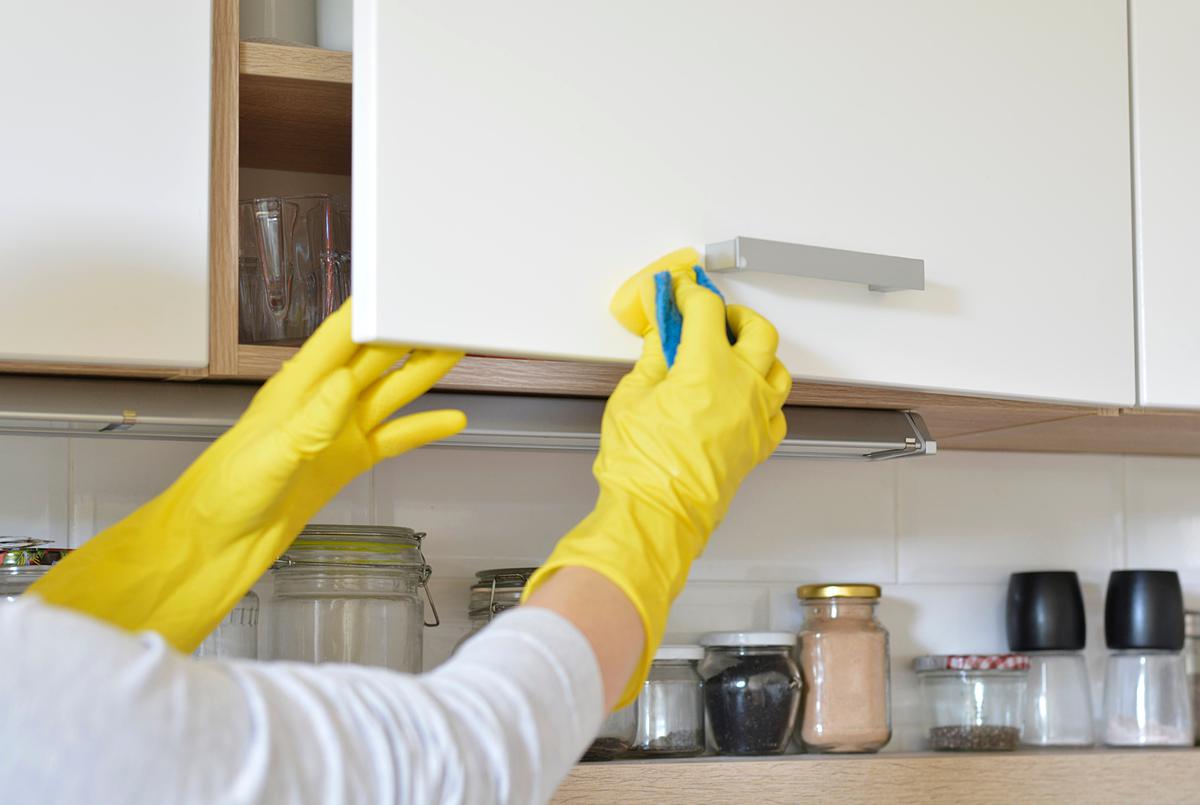


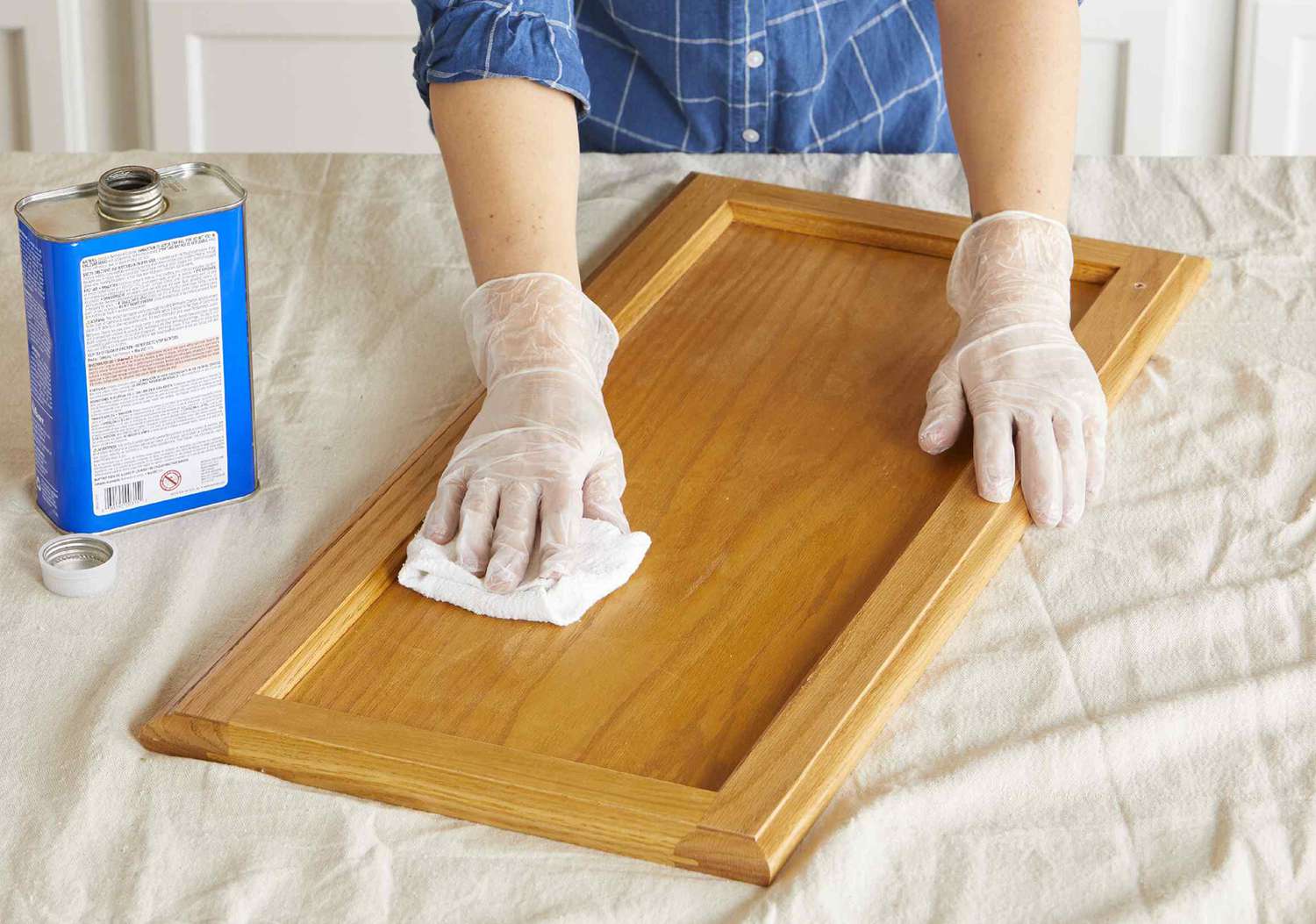


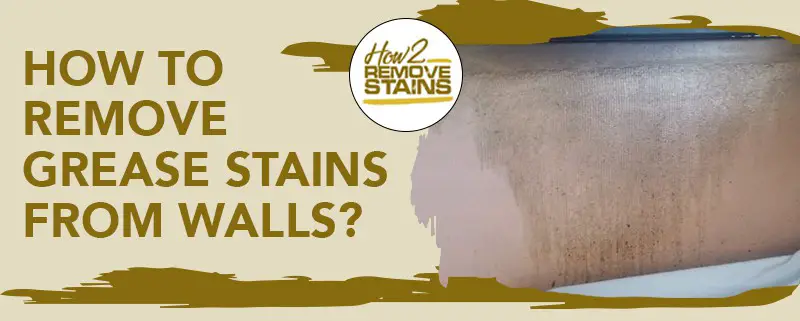

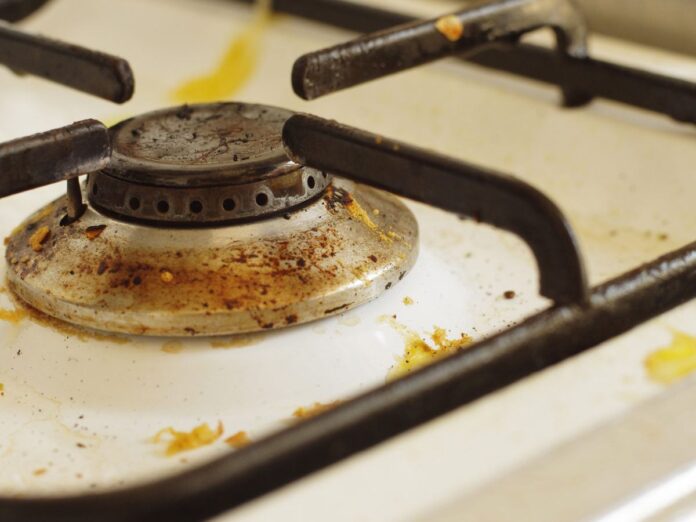



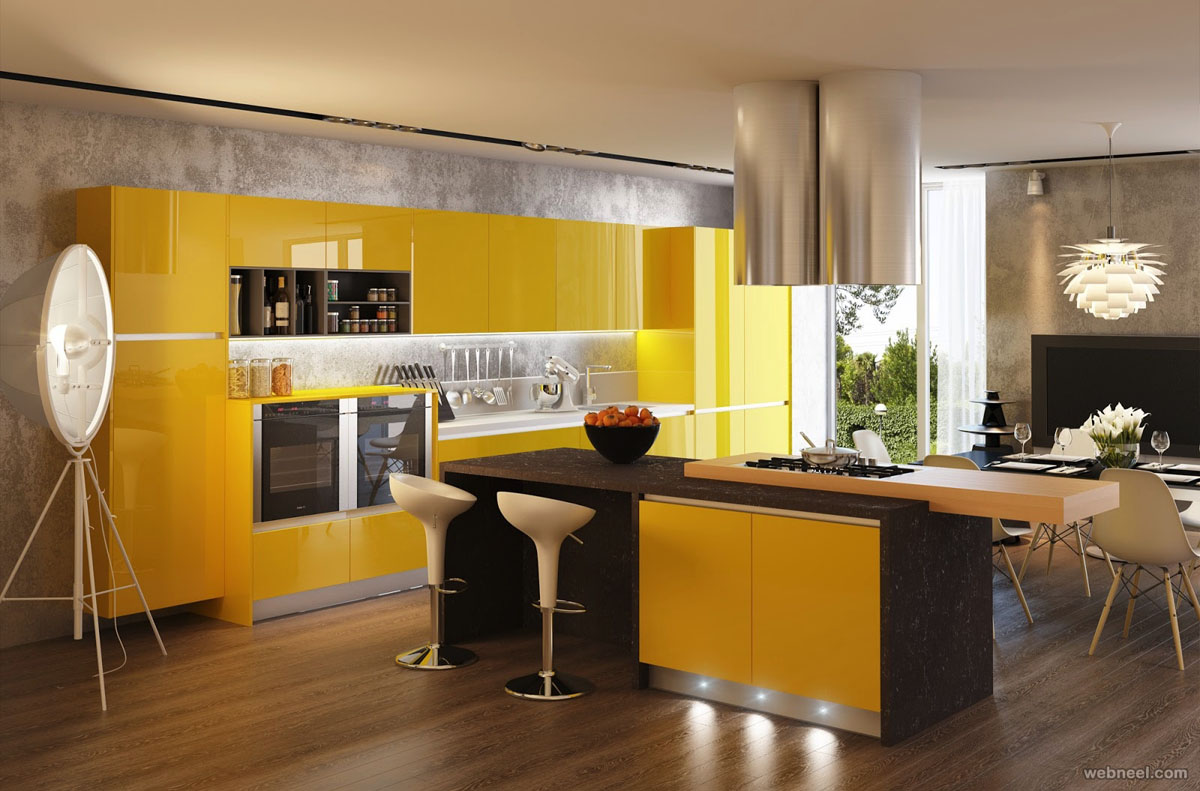








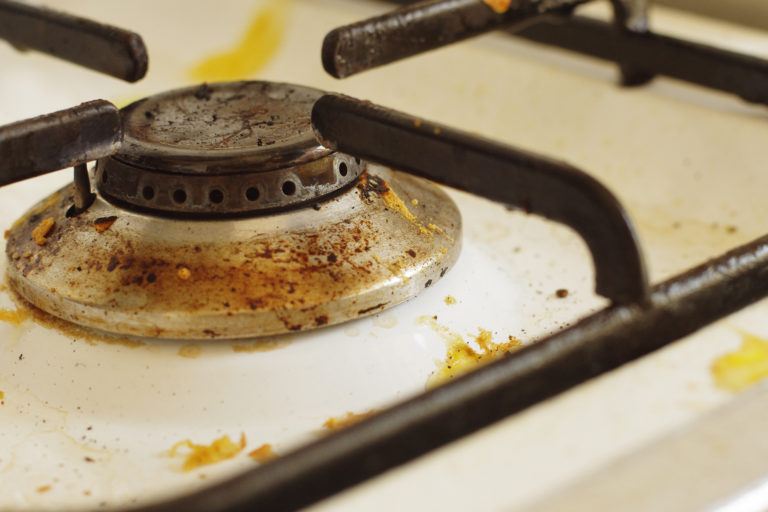









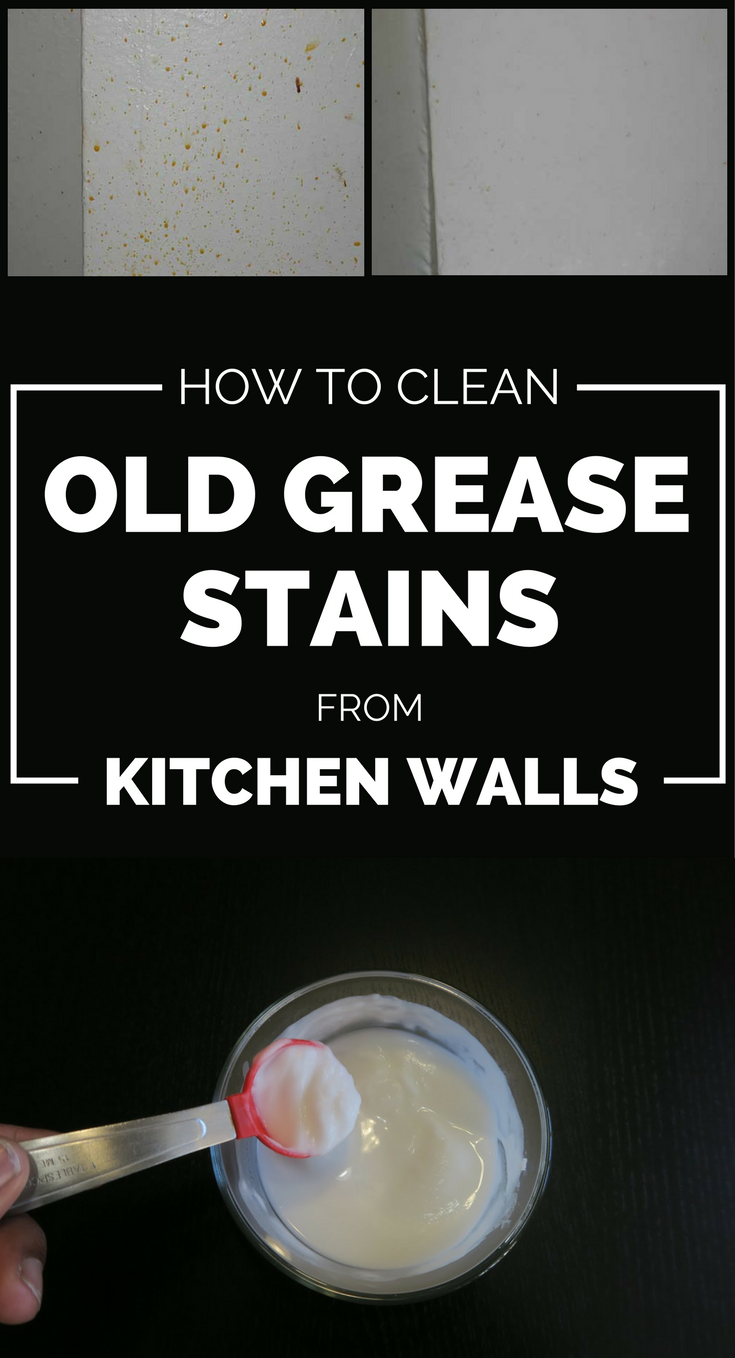
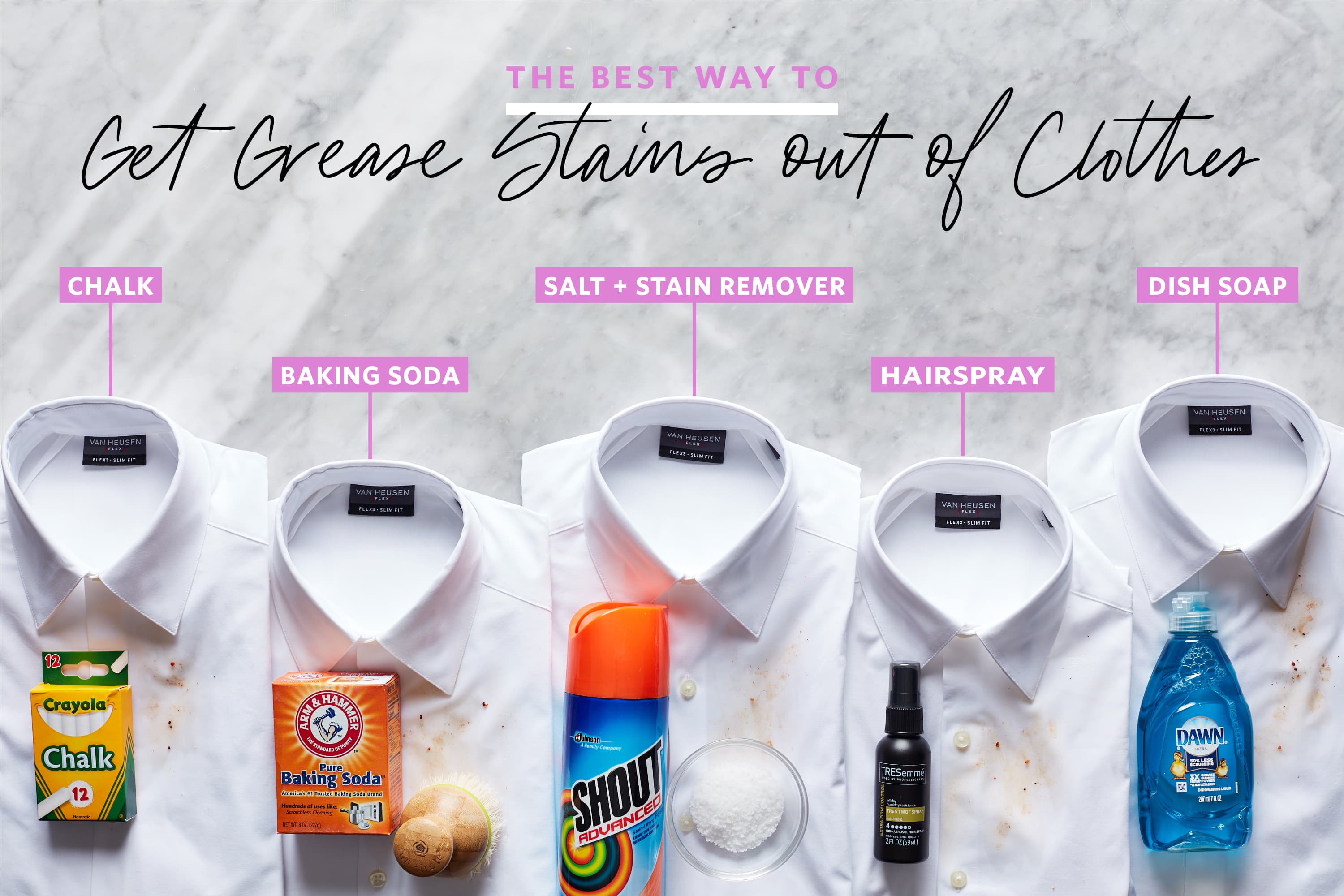
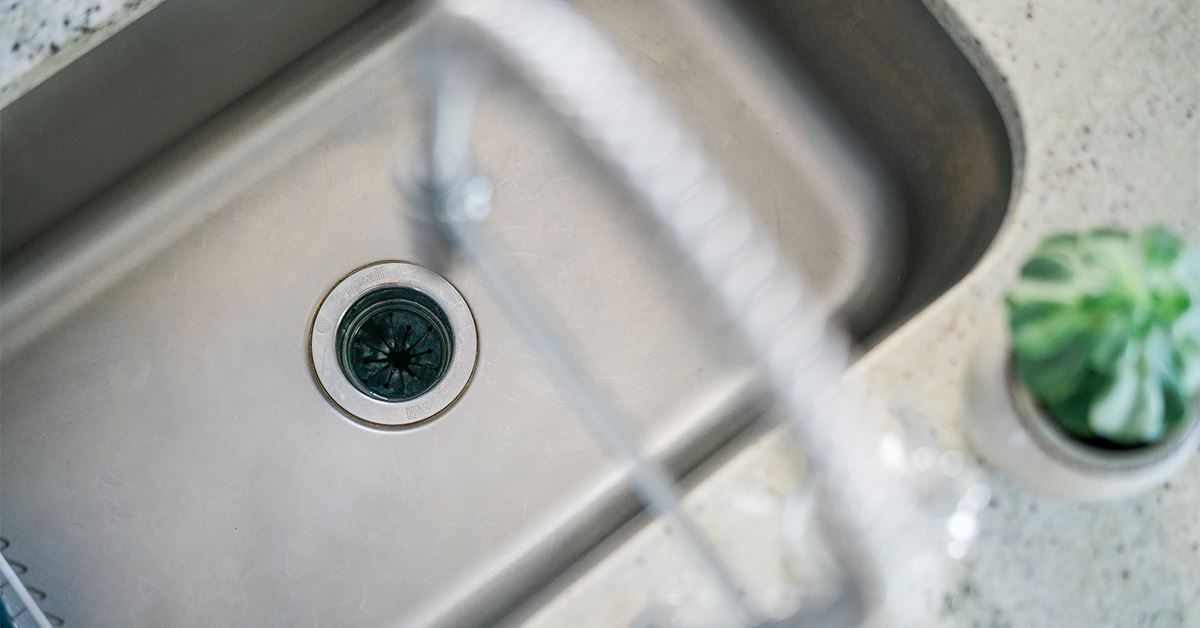

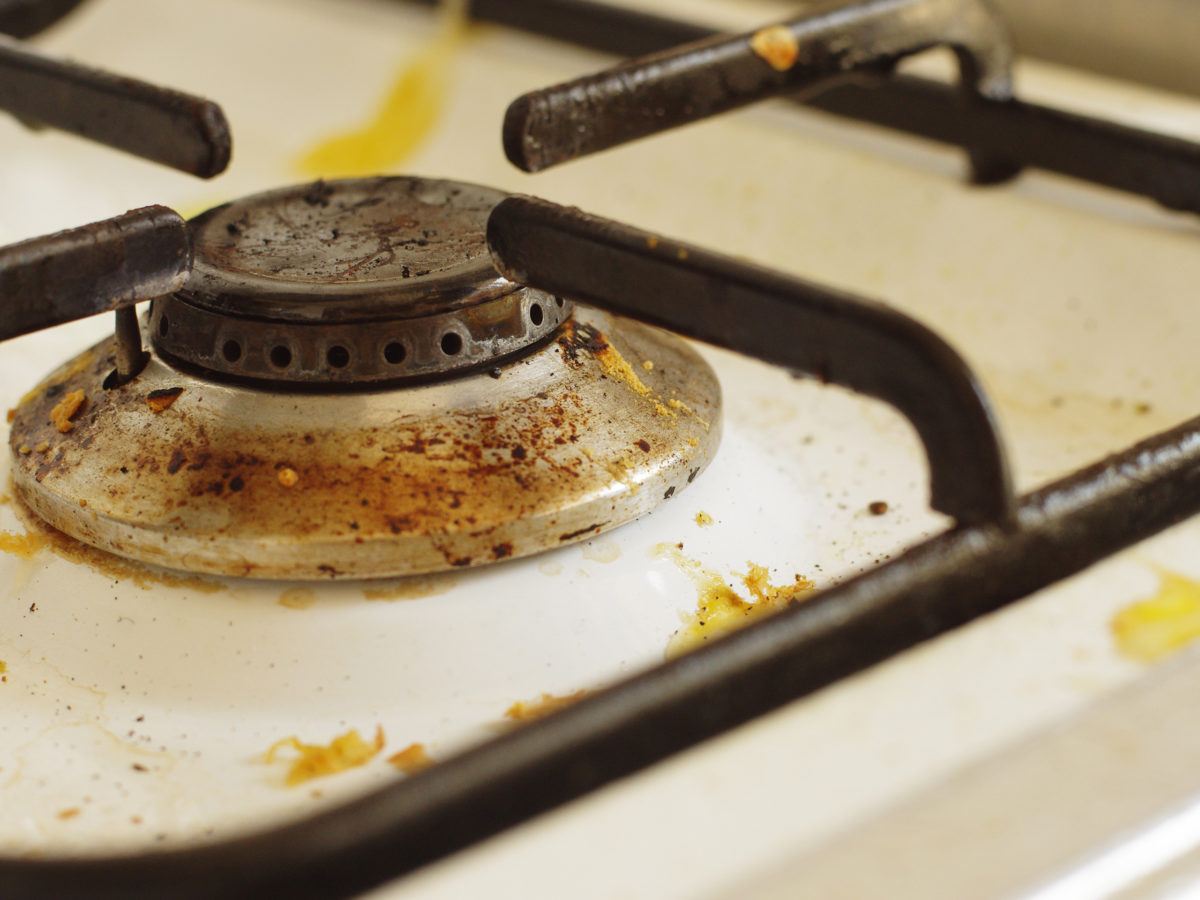

:max_bytes(150000):strip_icc()/how-to-remove-grease-stains-2147099-06-57664fe8e8d64baab9d39a33566038c9.jpg)

